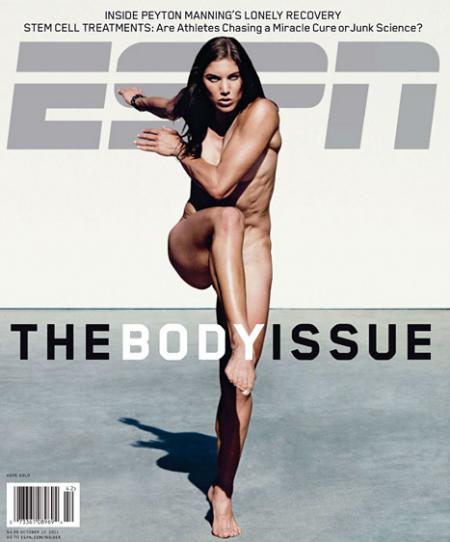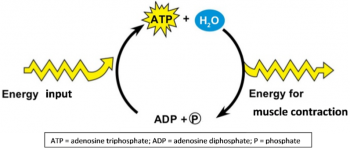Serendip is an independent site partnering with faculty at multiple colleges and universities around the world. Happy exploring!
sports
A response to “Miss Representation 8 min. trailer:” Changing gender stereotypes by increasing visibility of female athletes
The trailer for Miss Representation by filmmaker Jennifer Siebel Newsom describes the power of the media, acknowledging that people learn more from it than any other single source of information. The media is the primary force that shapes our society: “politics, national discourse, and children’s brains, lives, and emotions” (Jim Steyer, CEO, Common Sense Media). Upwards of one billion people use the Internet every day (Marissa Mayer, Vice President, Consumer Products, Google); images are widely available and accessible without restrictions.
The messages disseminated by the mainstream media are pervasive, and more often than not emphasize and perpetuate harmful gender stereotypes. According to Miss Representation, women hold only 3% of clout positions in telecommunications, entertainment, publishing and advertising and comprise just 16% of all writers, directors, producers, cinematographers and editors. Because women are generally not the ones deciding how they are represented in the media, they are often shown as sex objects, valued by their looks rather than their achievements. As a result, “girls are taught that their value is based on how they look, and boys are taught that that’s what’s important about women” (Jean Kilbourne, EdD, Filmmaker, Killing Us Softly).




